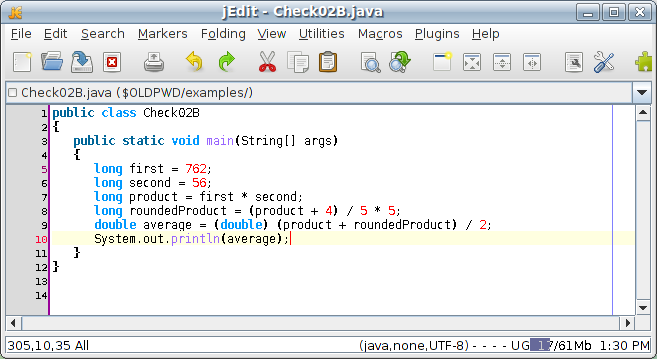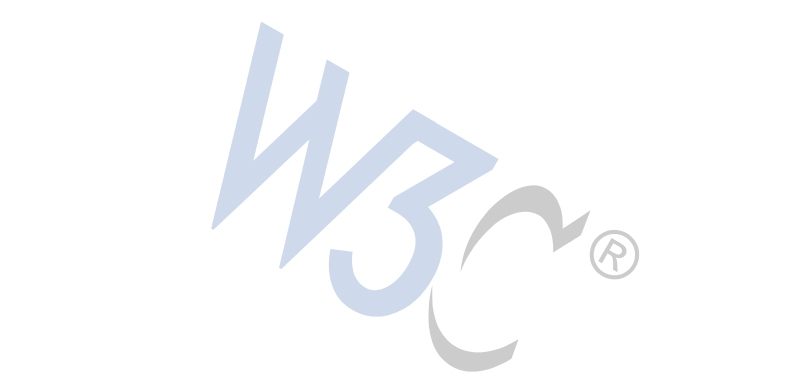











eCheck02B can be found on page 97 of the textbook .
Write a Java program that starts with 2 positive integers and:
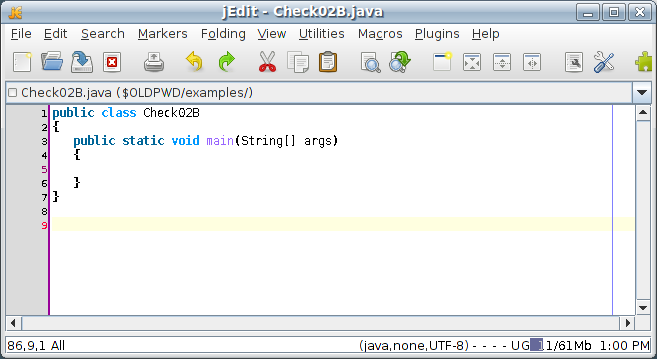
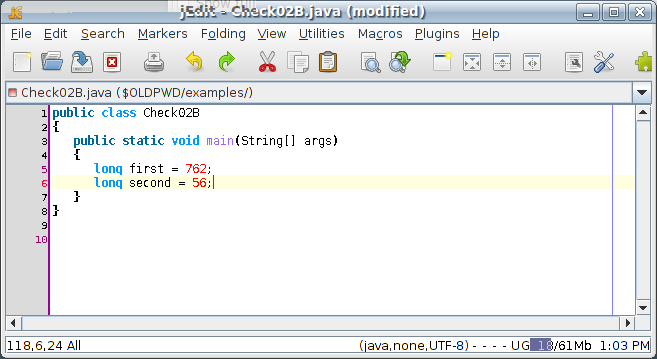
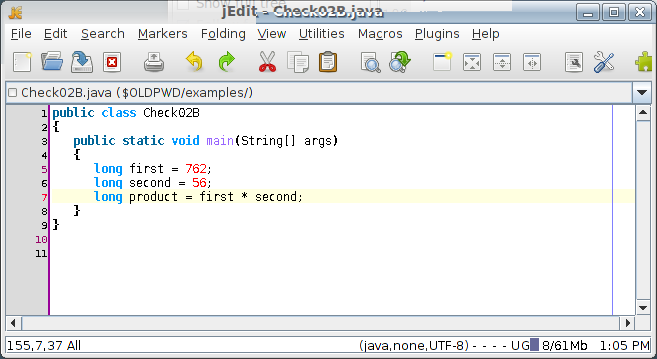
What would happen if the variables first
and second had been declared as type int?
What would happen if the variables first
and second had been declared as type double?
The textbook provides a hint: You can round down to the nearest
multiple of 5 by dividing the integer by 5 and then multiplying
the result by 5.
4 / 5 * 5
⇒ (4 / 5) * 5
⇒ 0 * 5
⇒ 0
5 / 5 * 5
⇒ (5 / 5) * 5
⇒ 1 * 5
⇒ 5
6 / 5 * 5
⇒ (6 / 5) * 5
⇒ 1 * 5
⇒ 5
How much do you have to add to 6 to get the rounded result
of 10?
(6 + 4) / 5 * 5
⇒ 10 / 5 * 5
⇒ (10 / 5) * 5
⇒ 2 * 5
⇒ 10
(7 + 4) / 5 * 5
⇒ 11 / 5 * 5
⇒ (11 / 5) * 5
⇒ 2 * 5
⇒ 10
(8 + 4) / 5 * 5
⇒ 12 / 5 * 5
⇒ (12 / 5) * 5
⇒ 2 * 5
⇒ 10
(9 + 4) / 5 * 5
⇒ 13 / 5 * 5
⇒ (13 / 5) * 5
⇒ 2 * 5
⇒ 10
(10 + 4) / 5 * 5
⇒ 14 / 5 * 5
⇒ (14 / 5) * 5
⇒ 2 * 5
⇒ 10
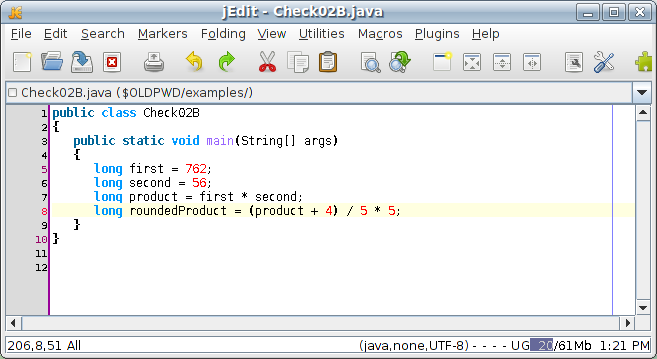
Which of the following statements correctly computes the average?
double average = (1 / 2) * (product + roundedProduct); double average = product + roundedProduct / 2; double average = (product + roundedProduct) / 2; double average = (double) (product + roundedProduct) / 2; double average = (product + roundedProduct) / (double) 2; double average = (product + roundedProduct) / 2.0; double average = 0.5 * (product + roundedProduct);
